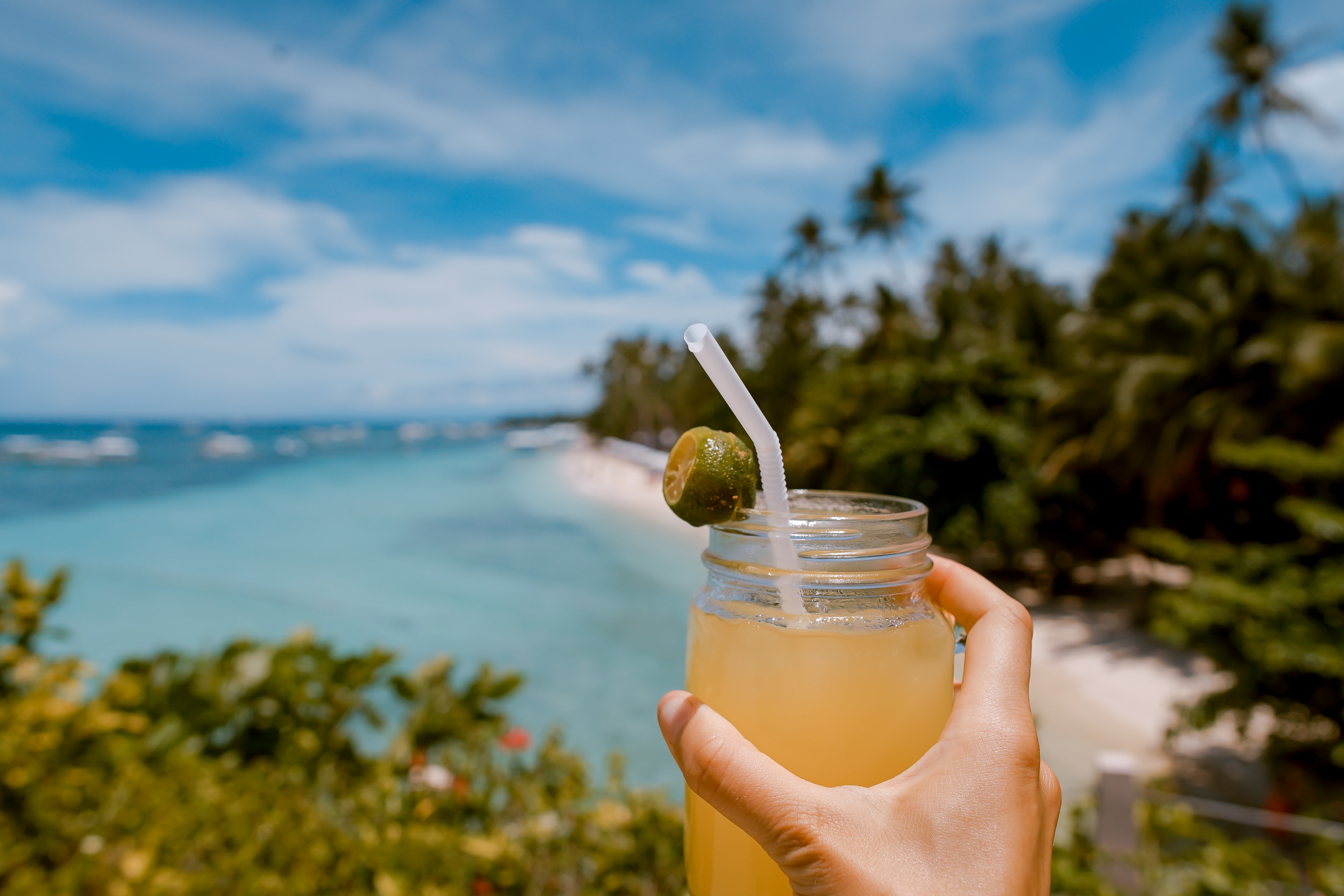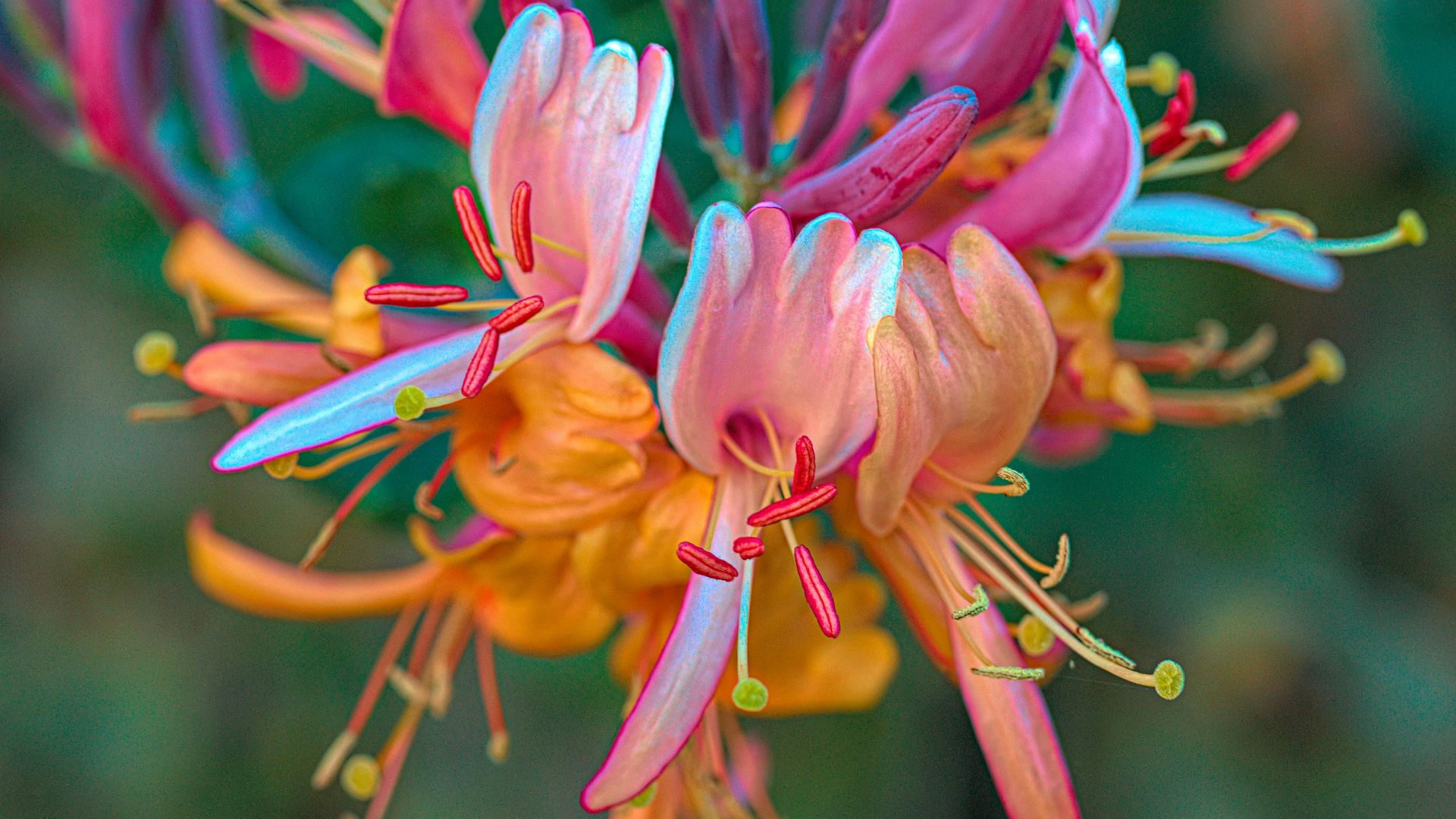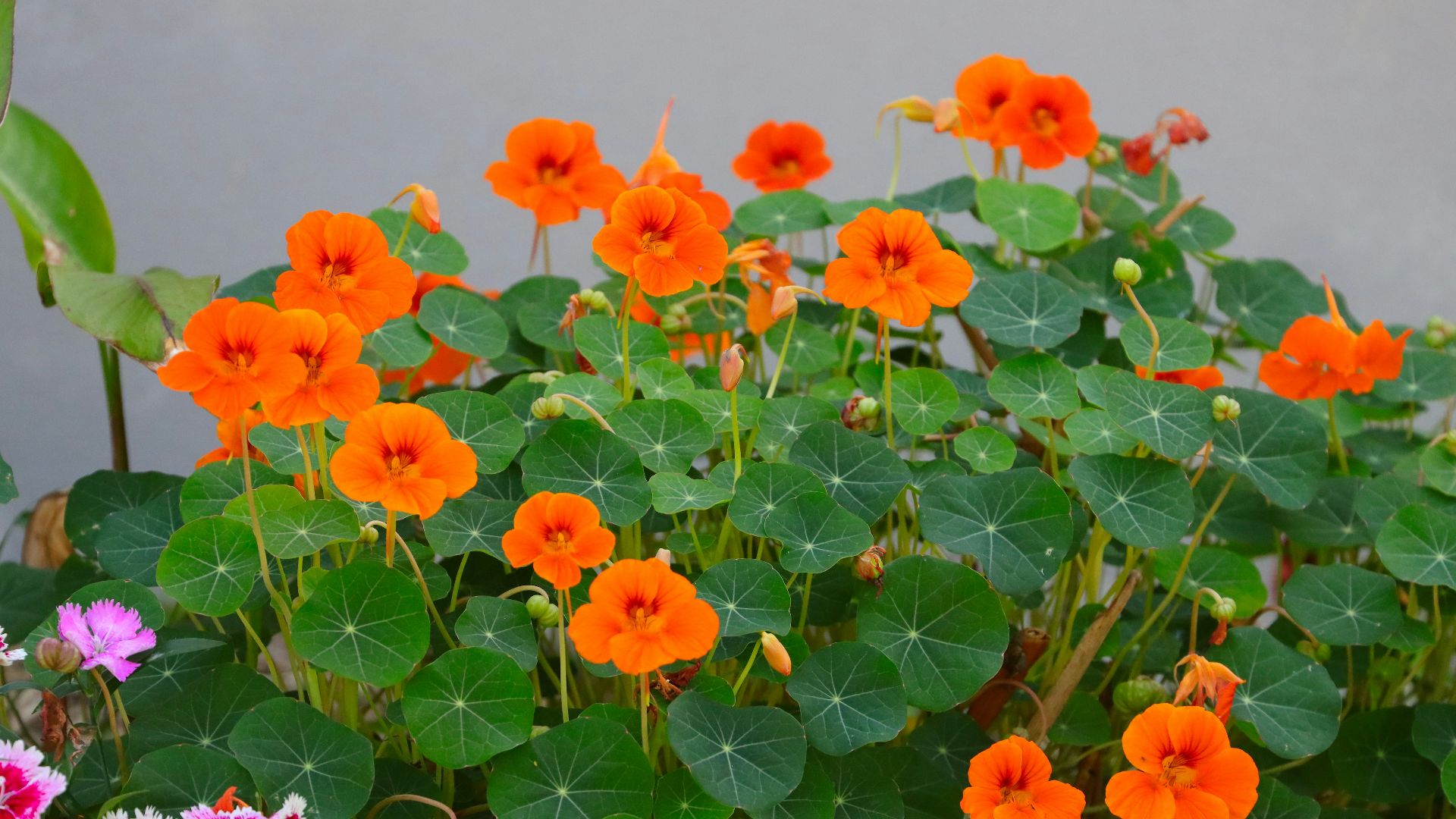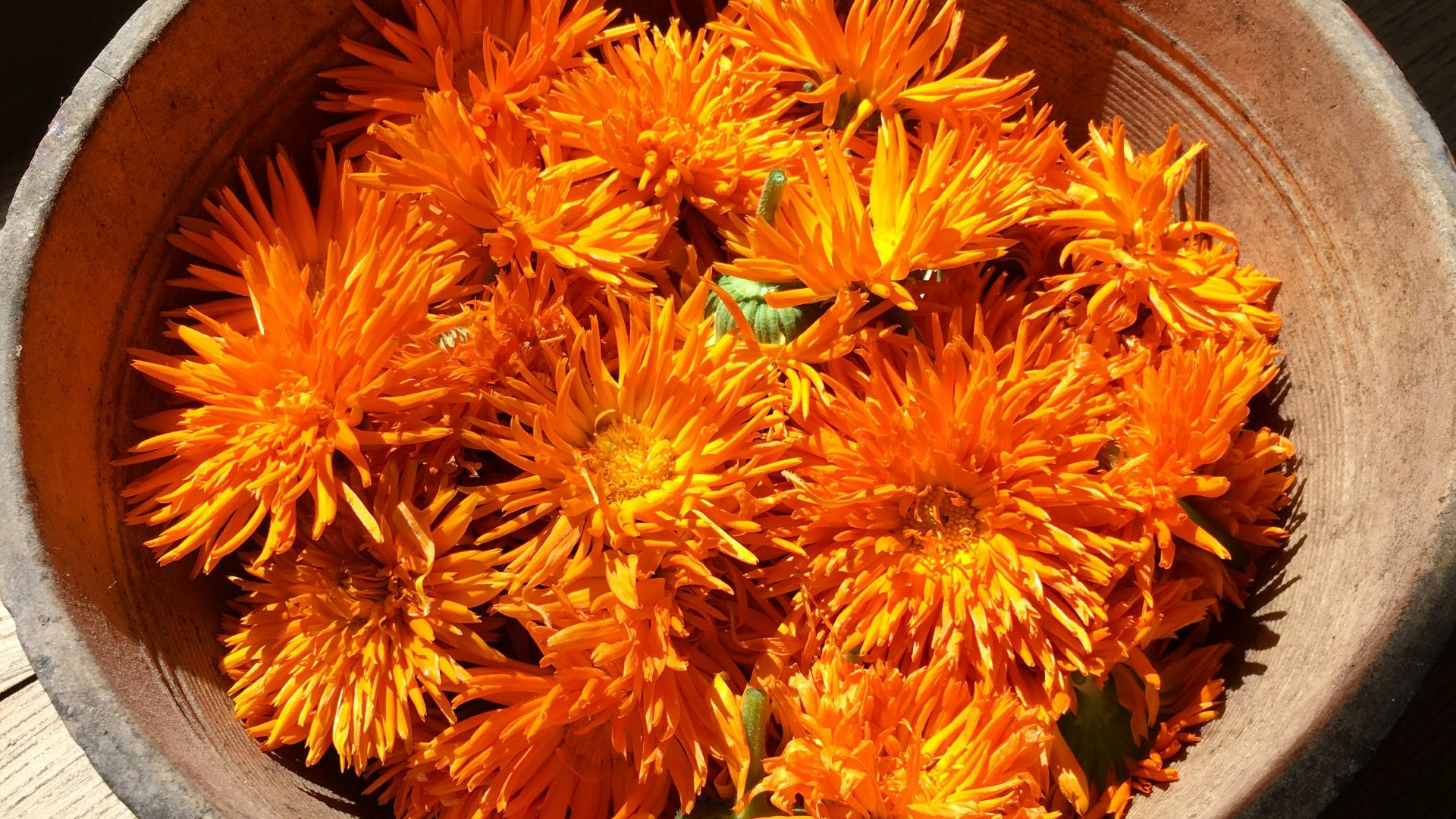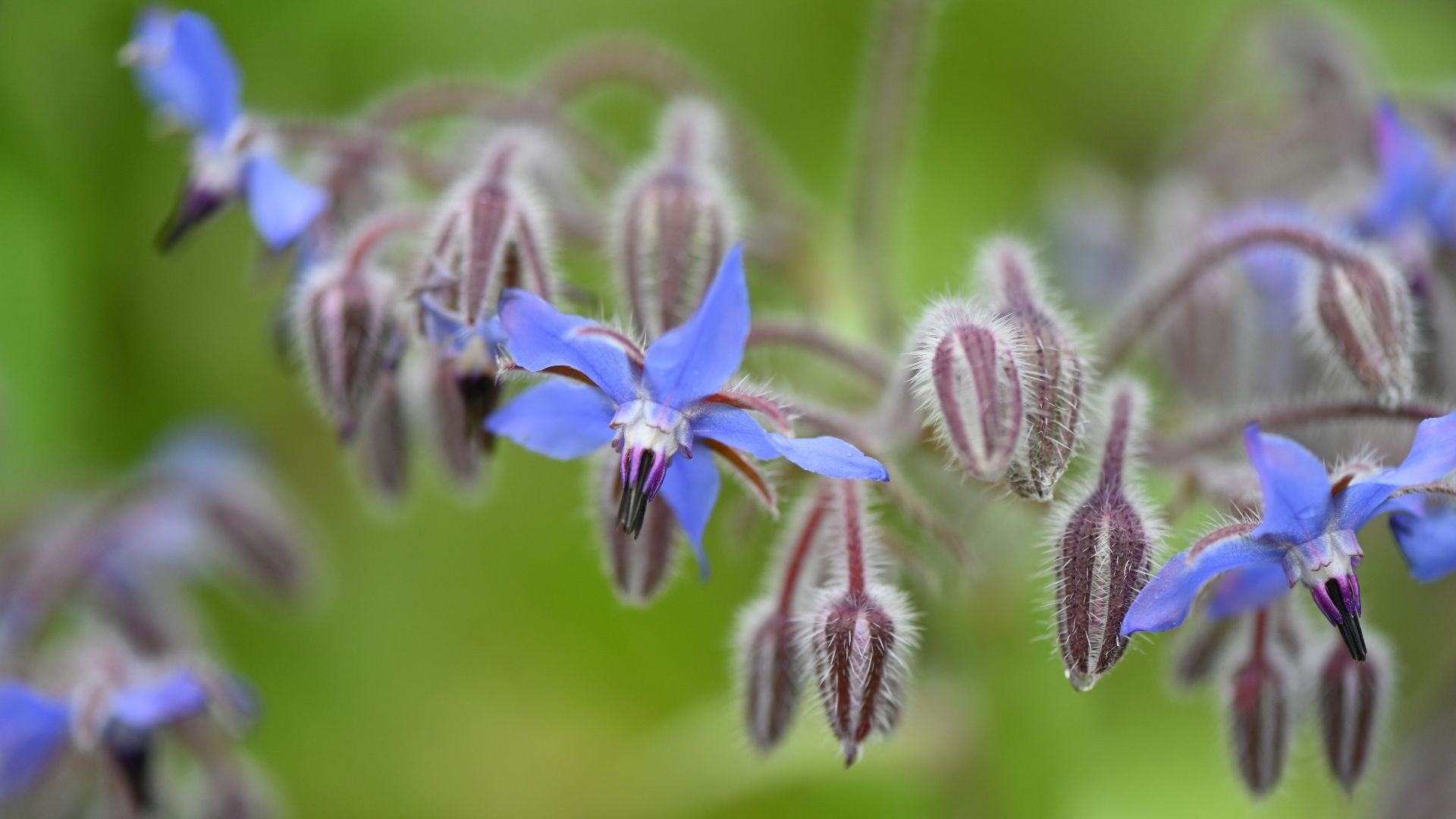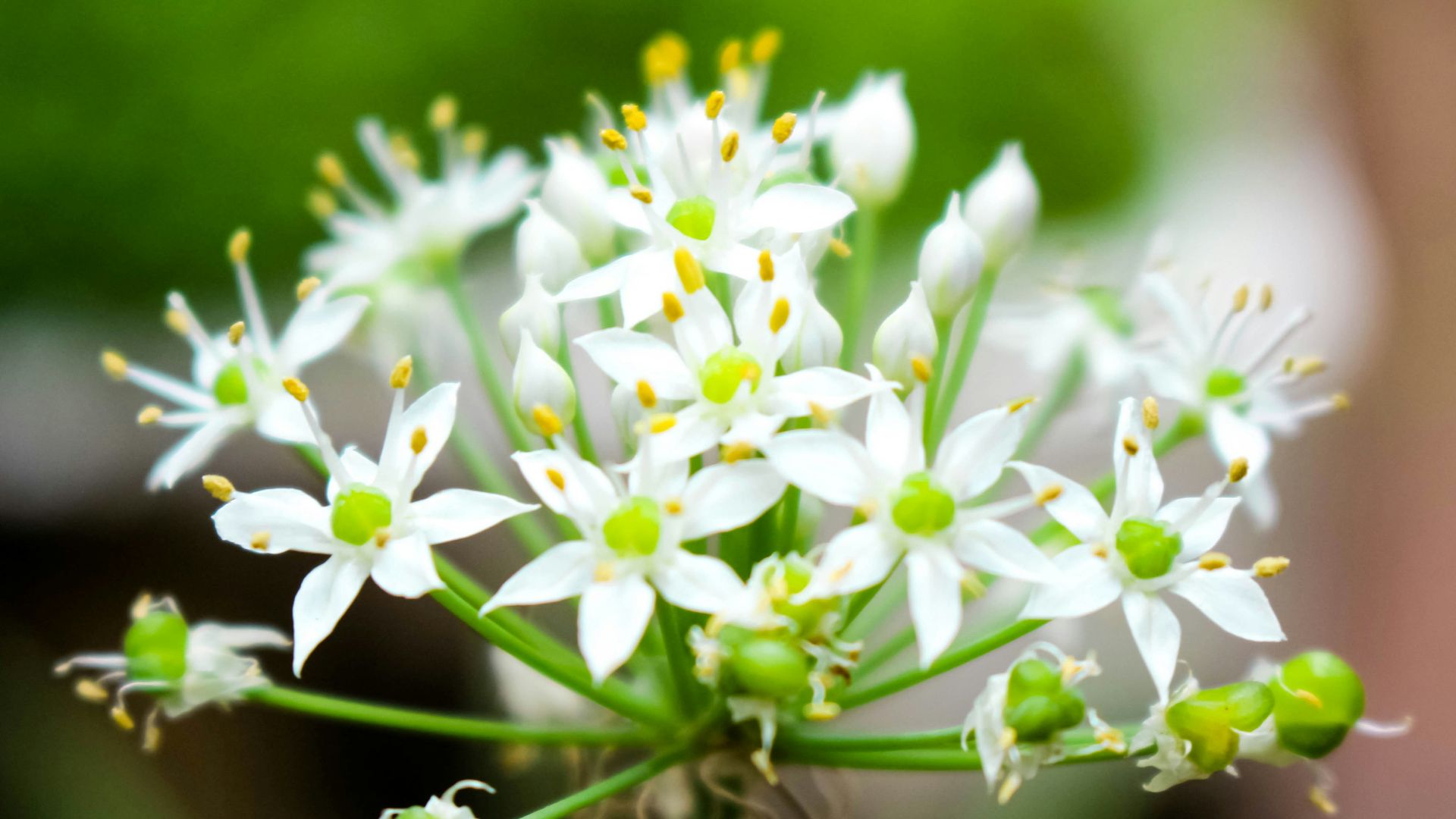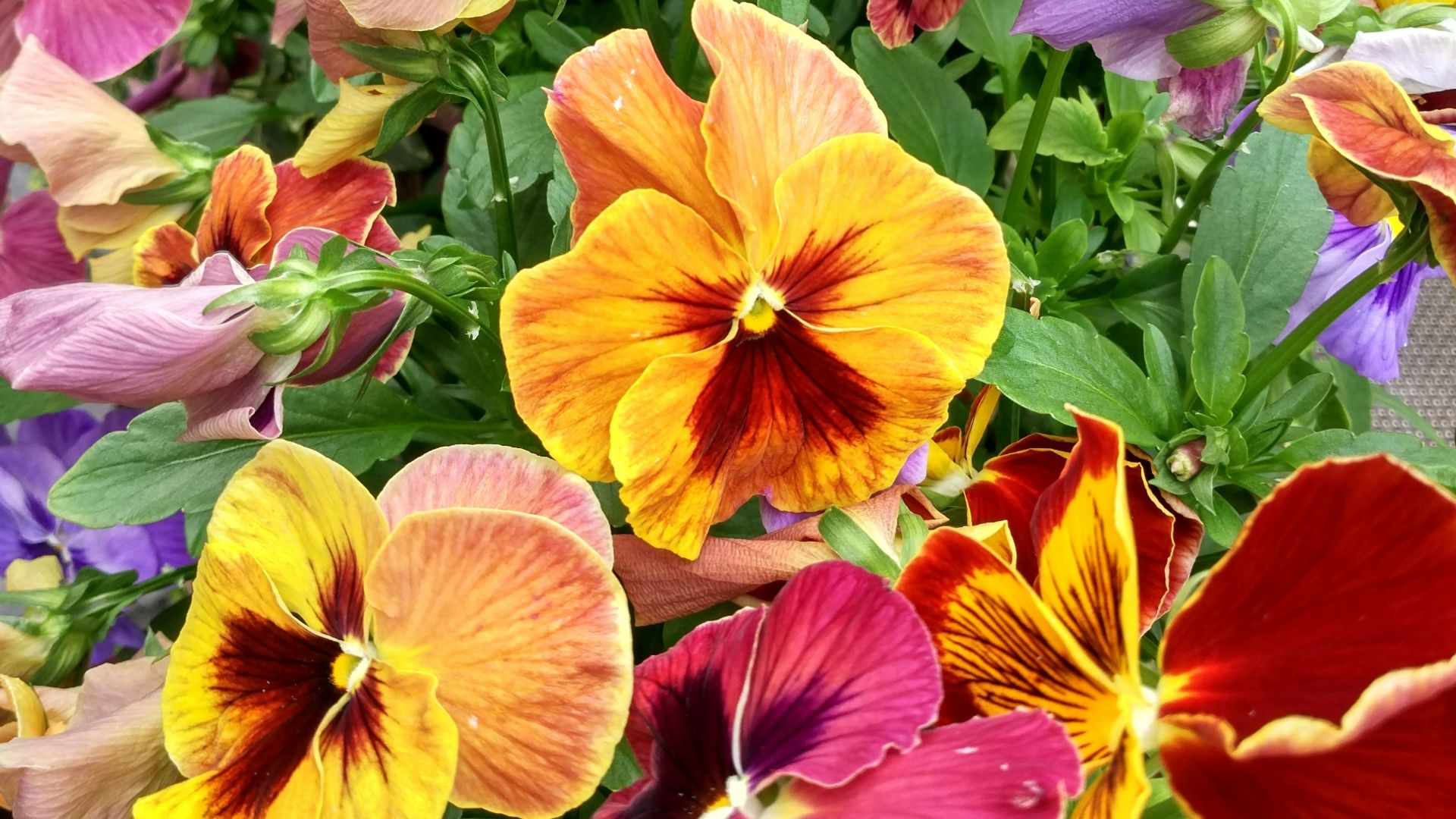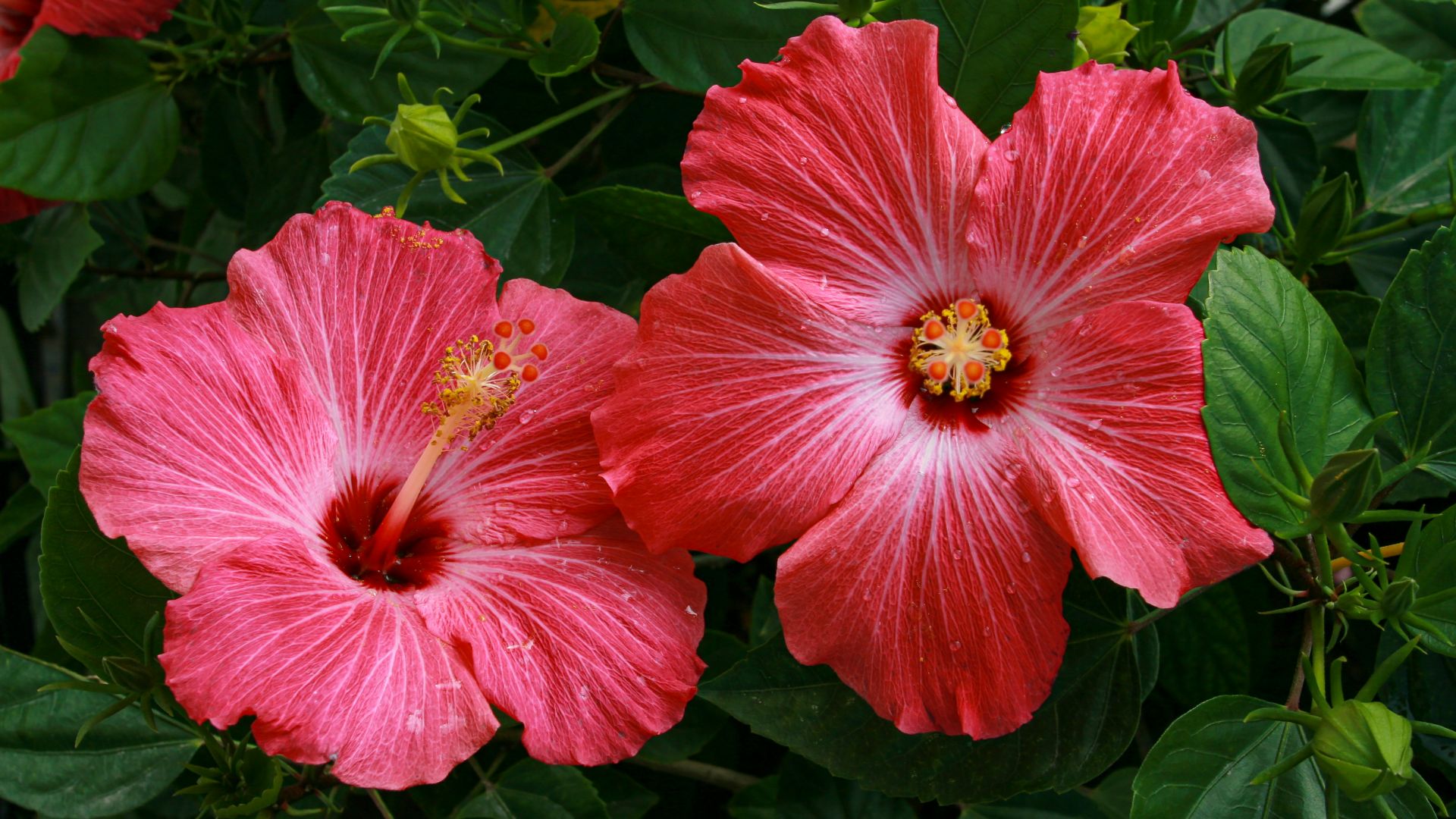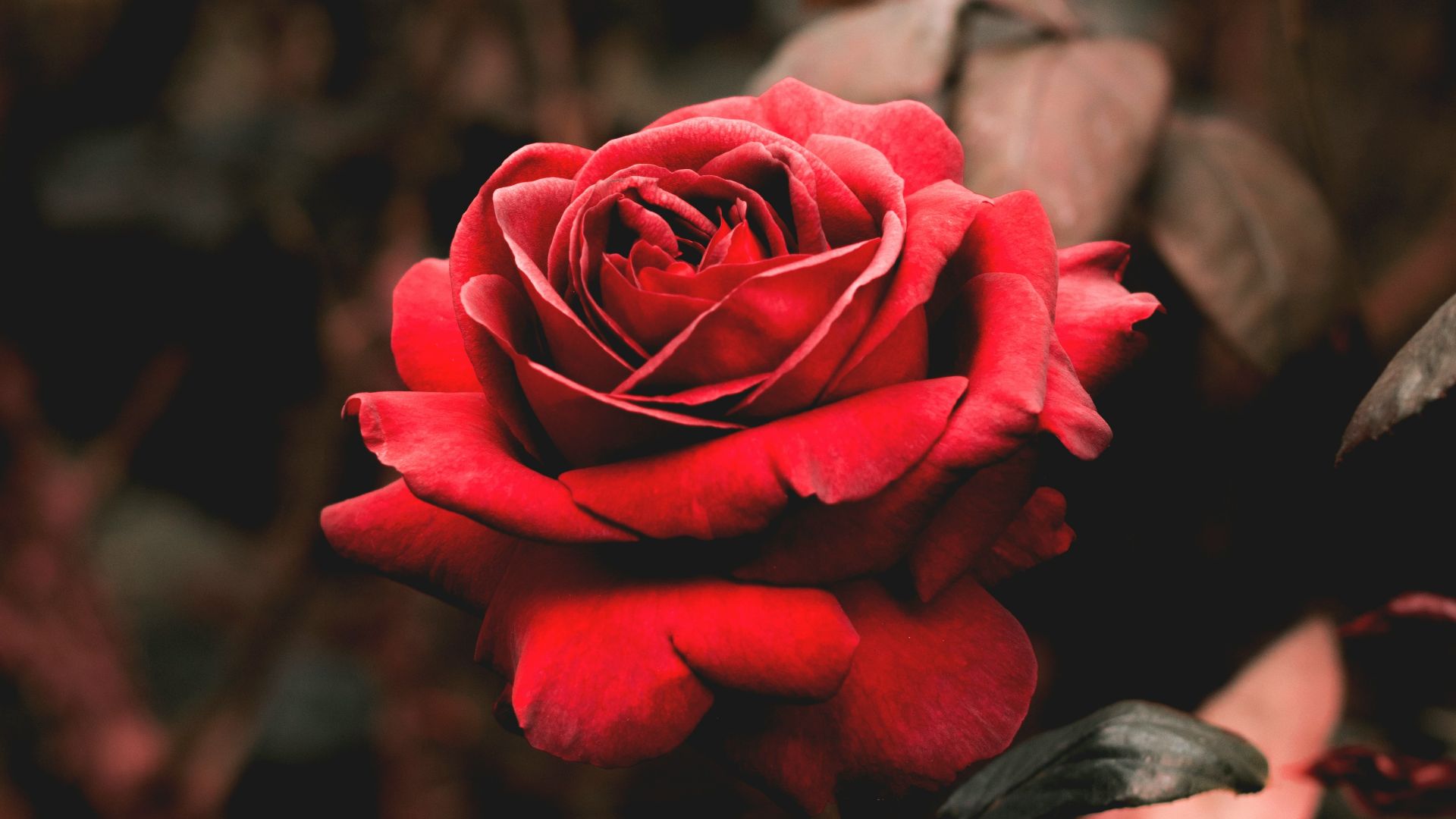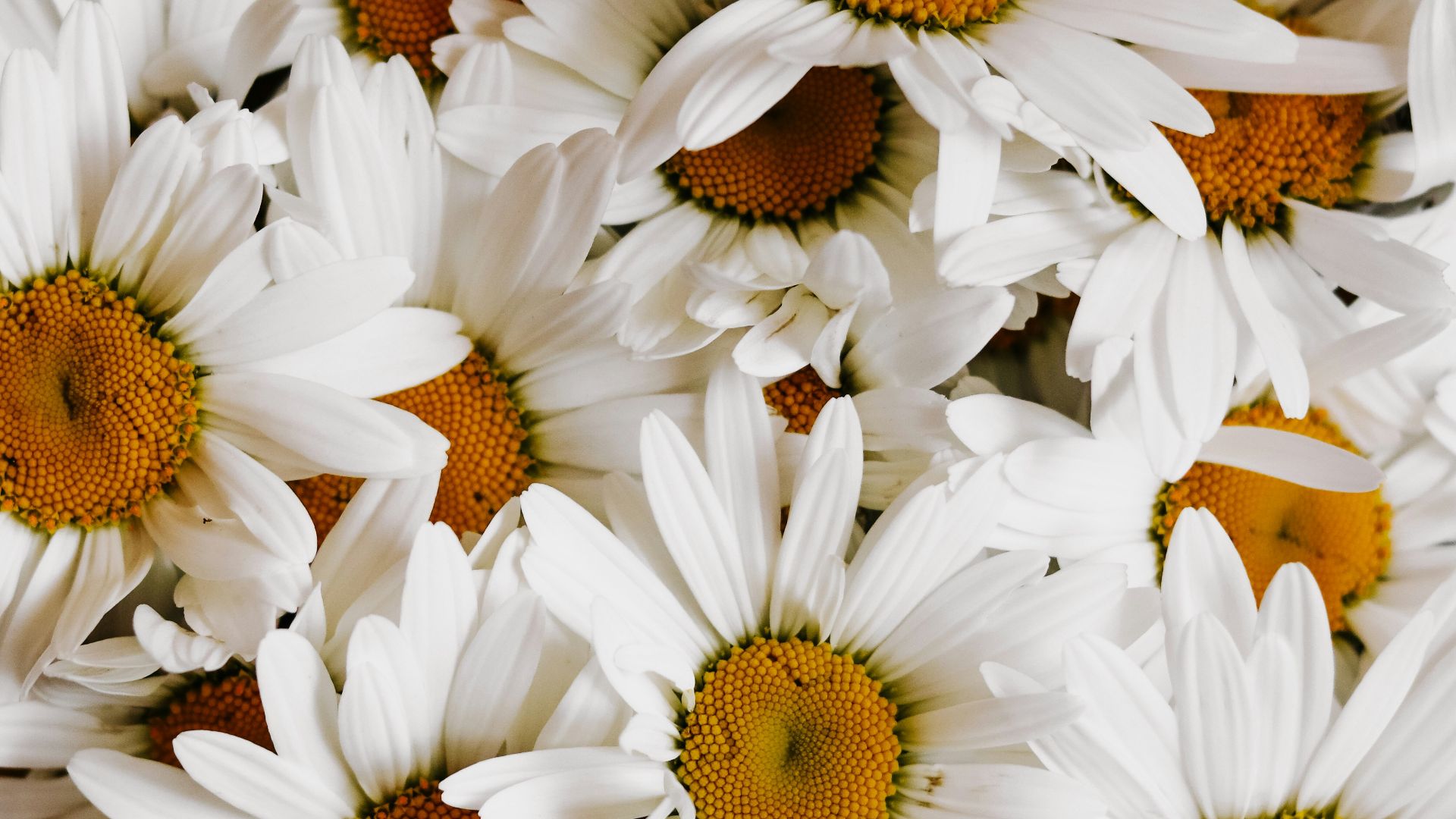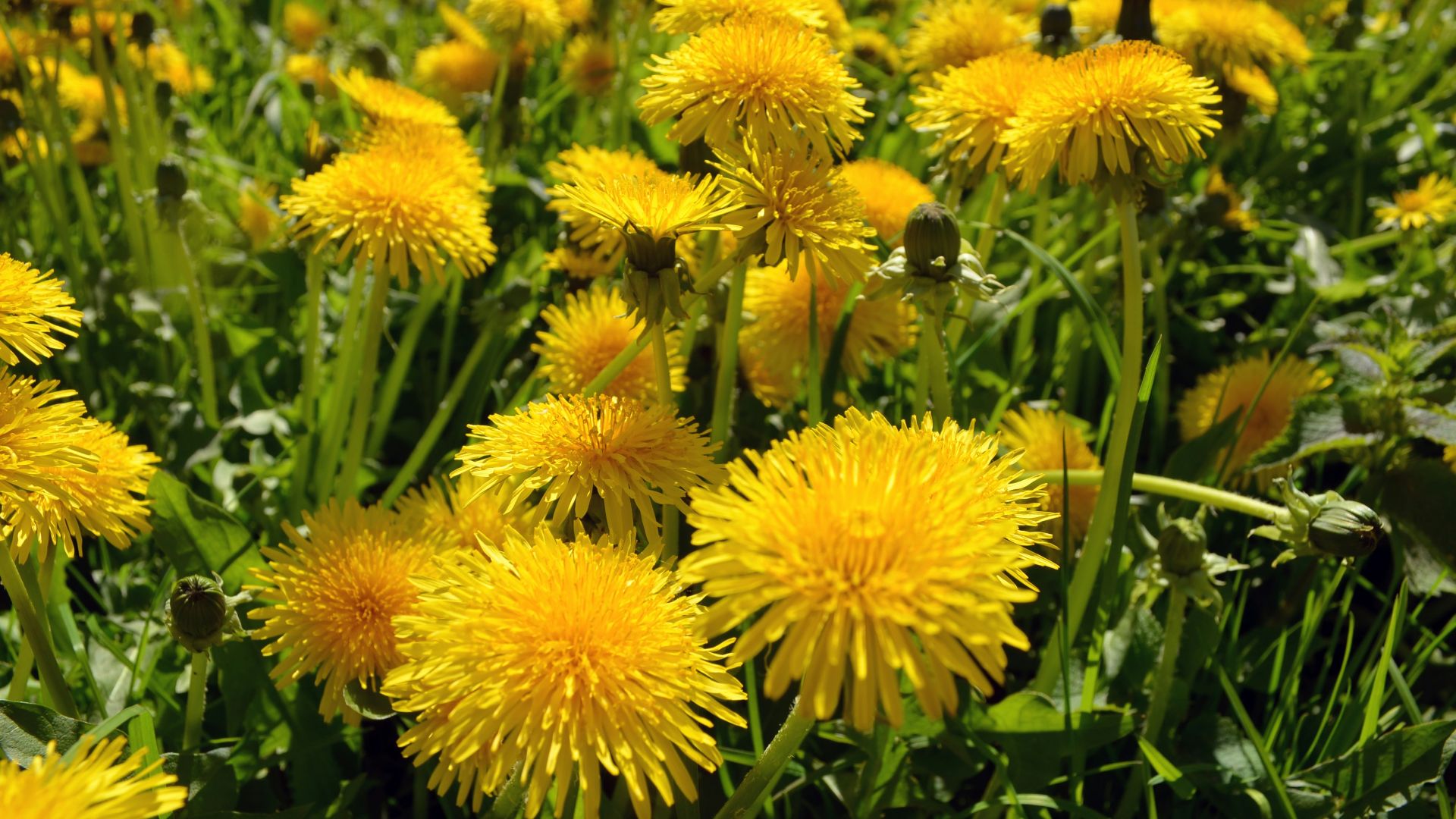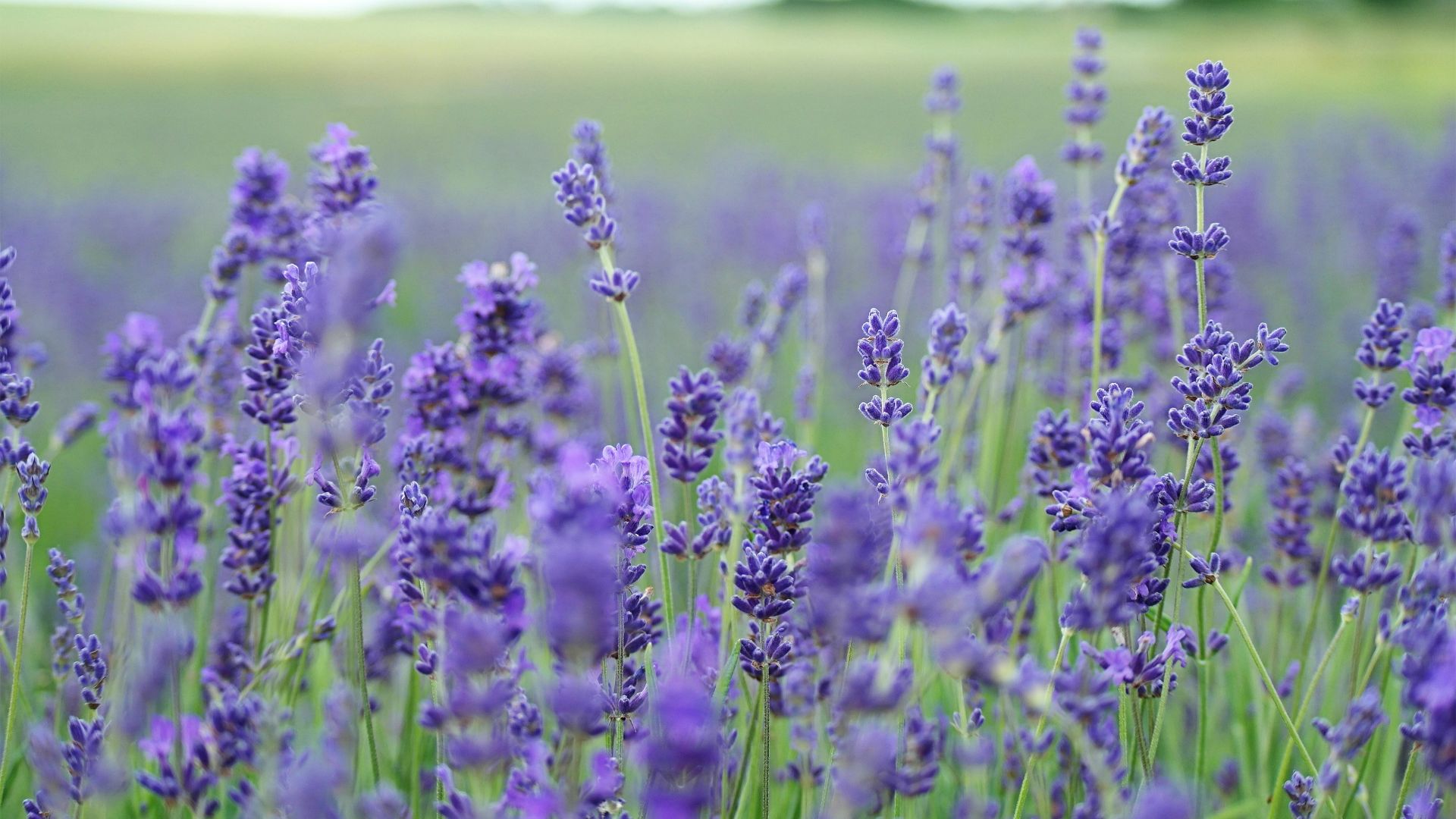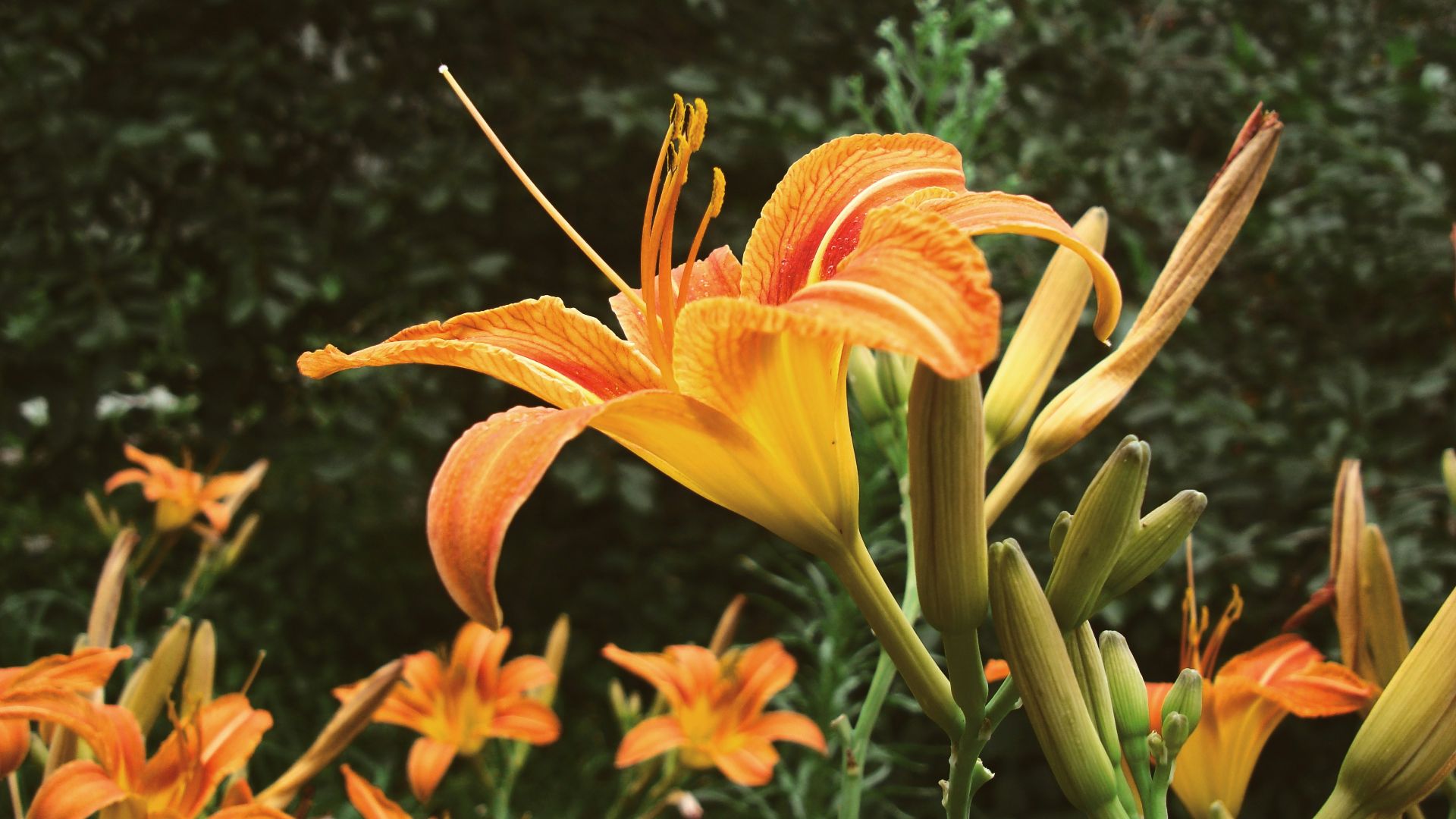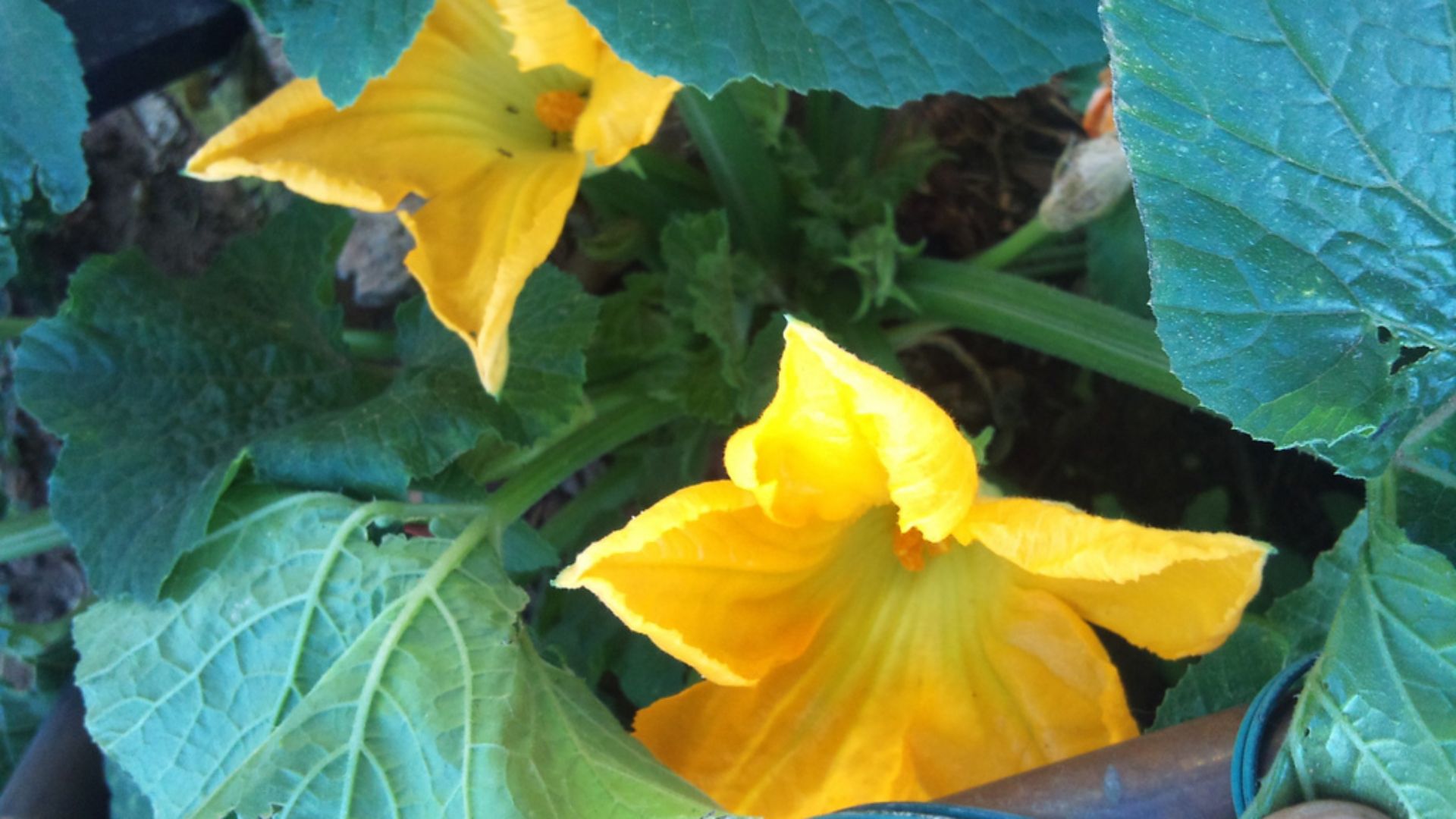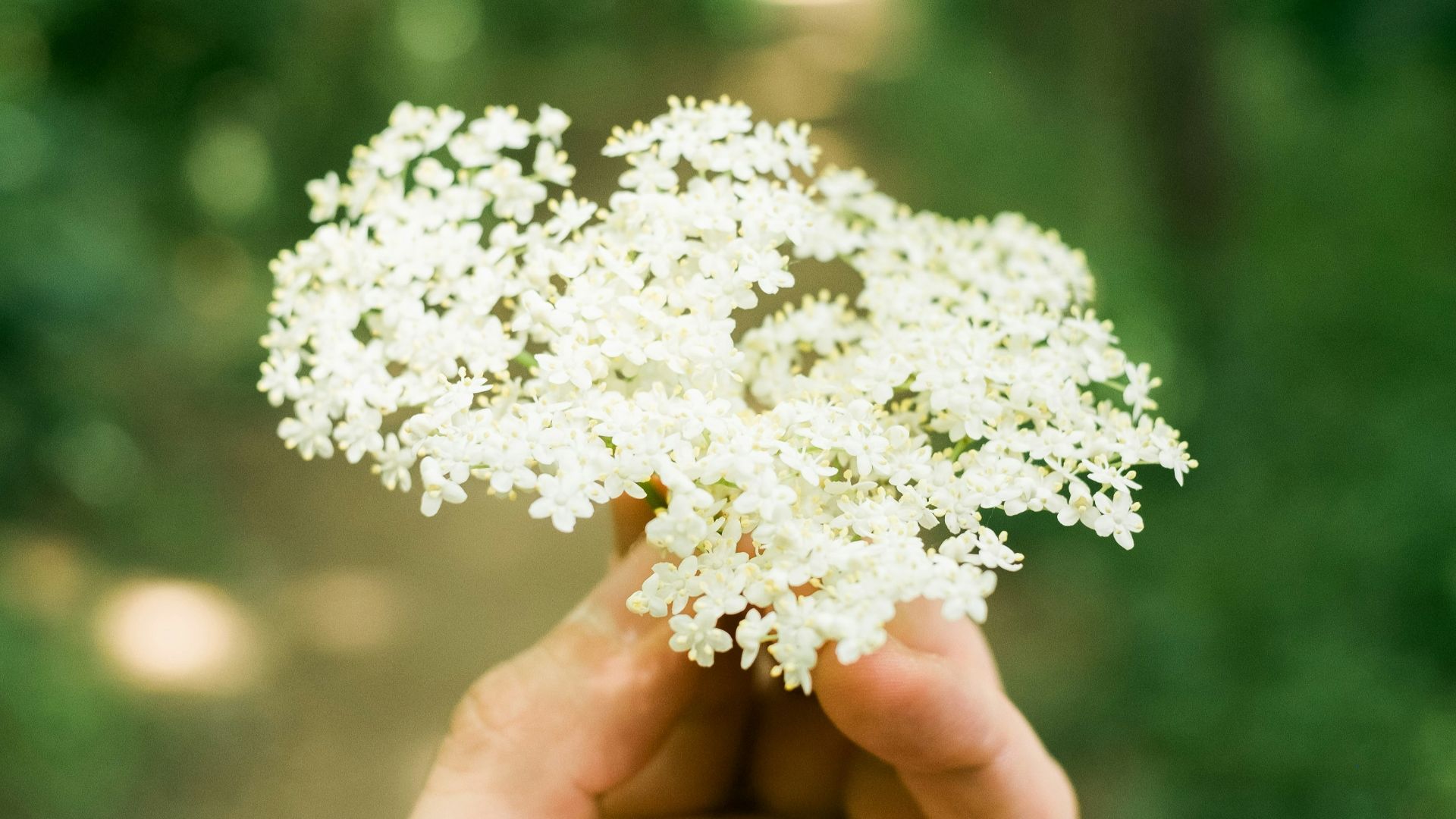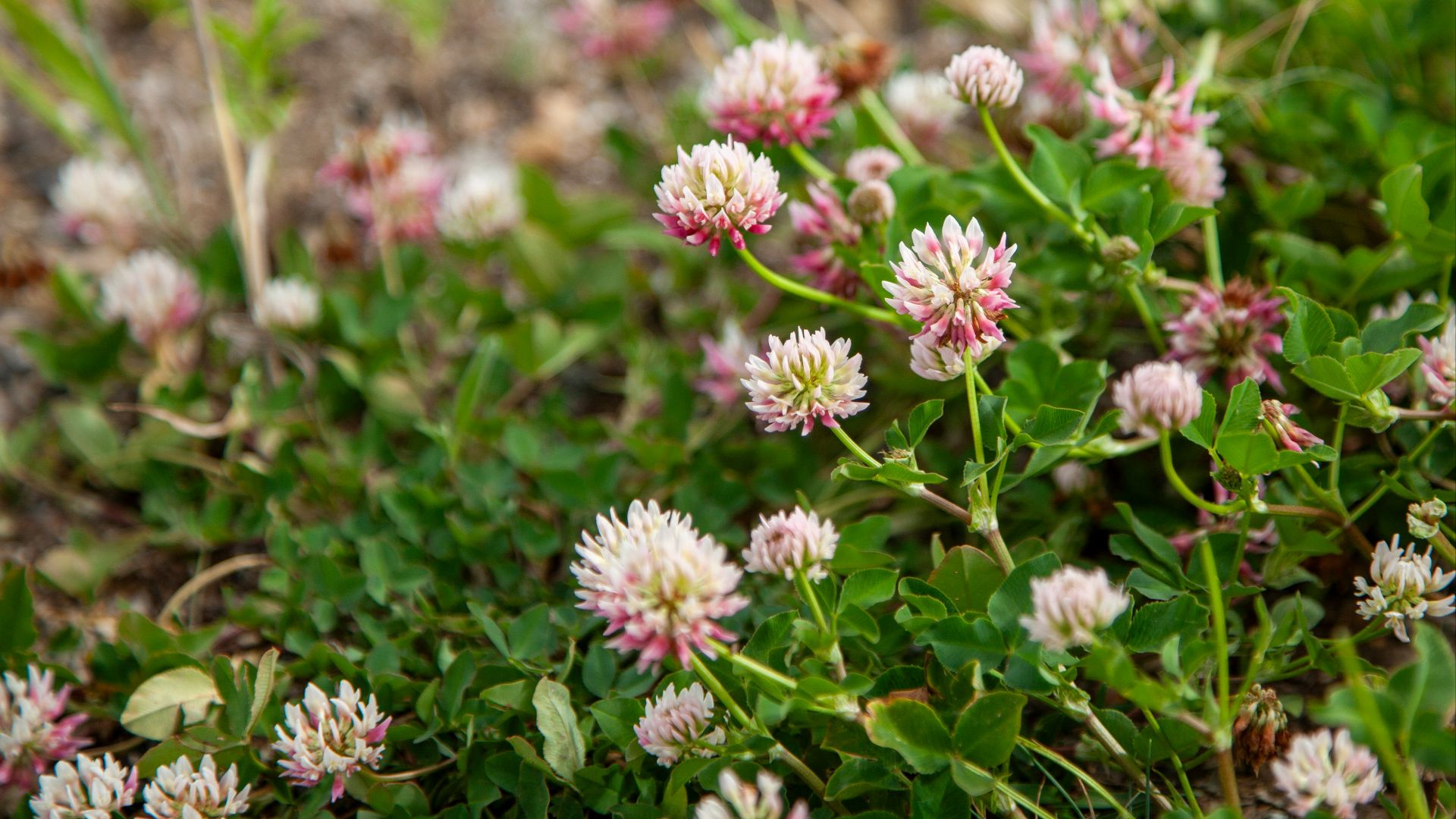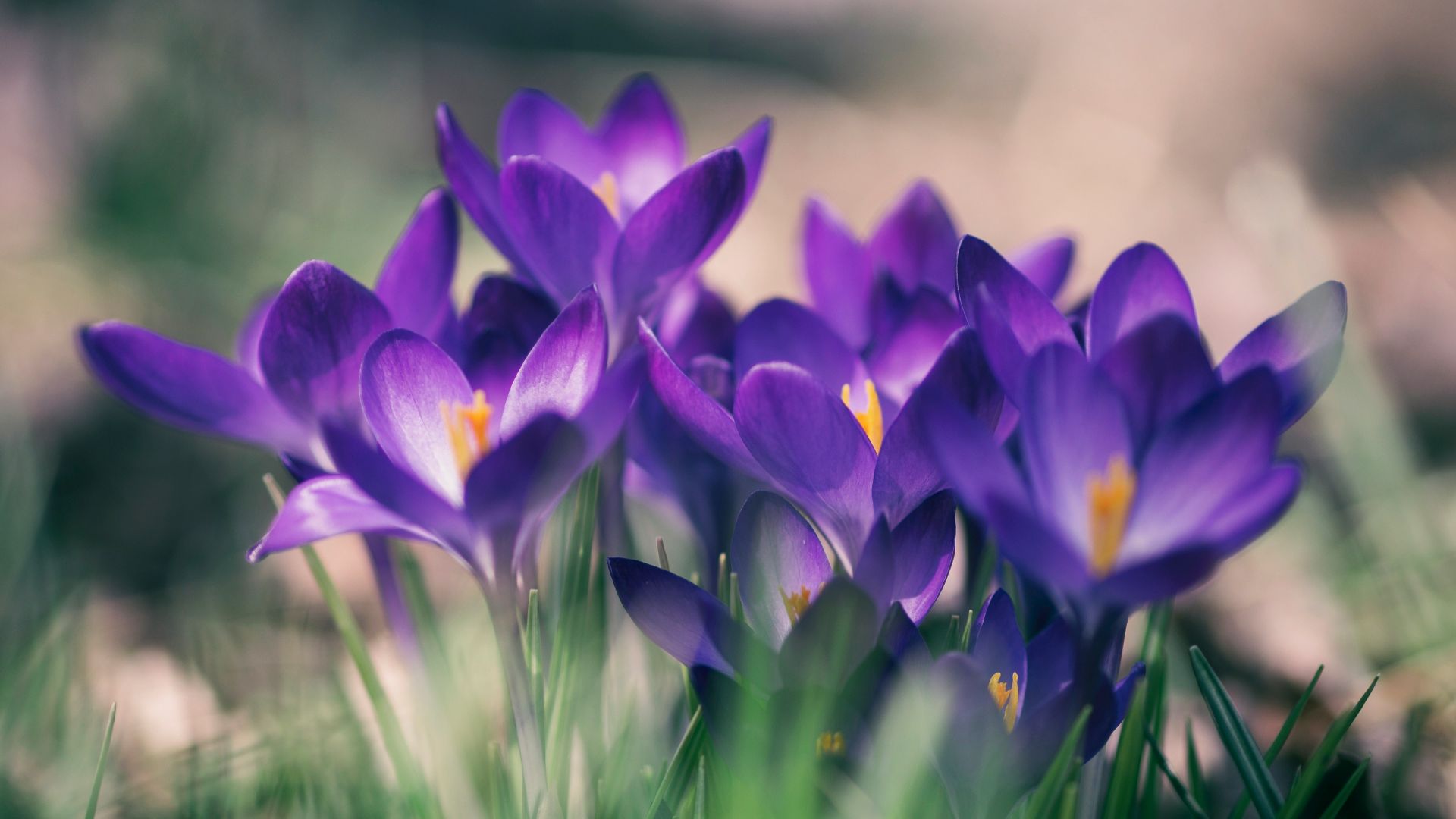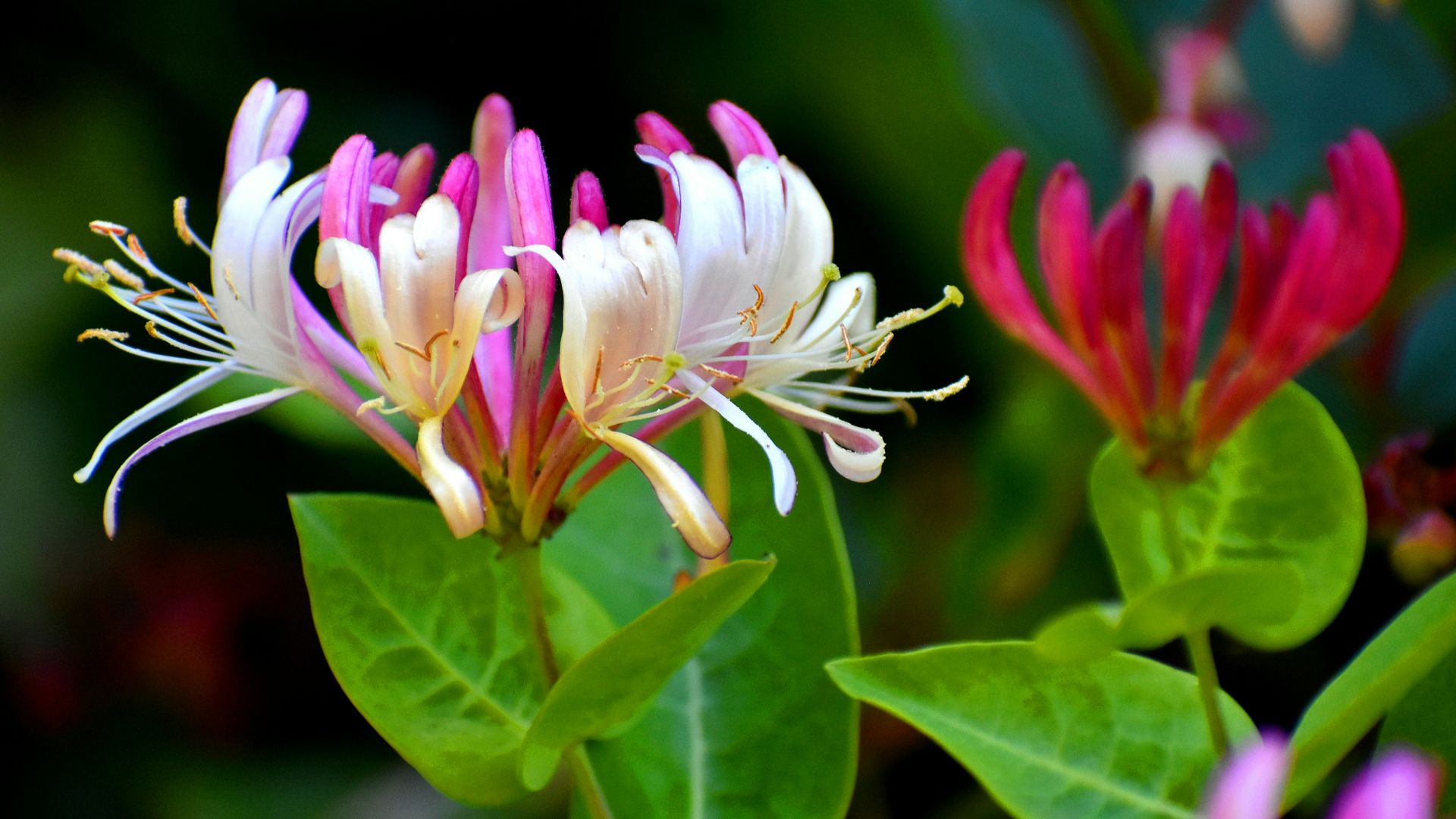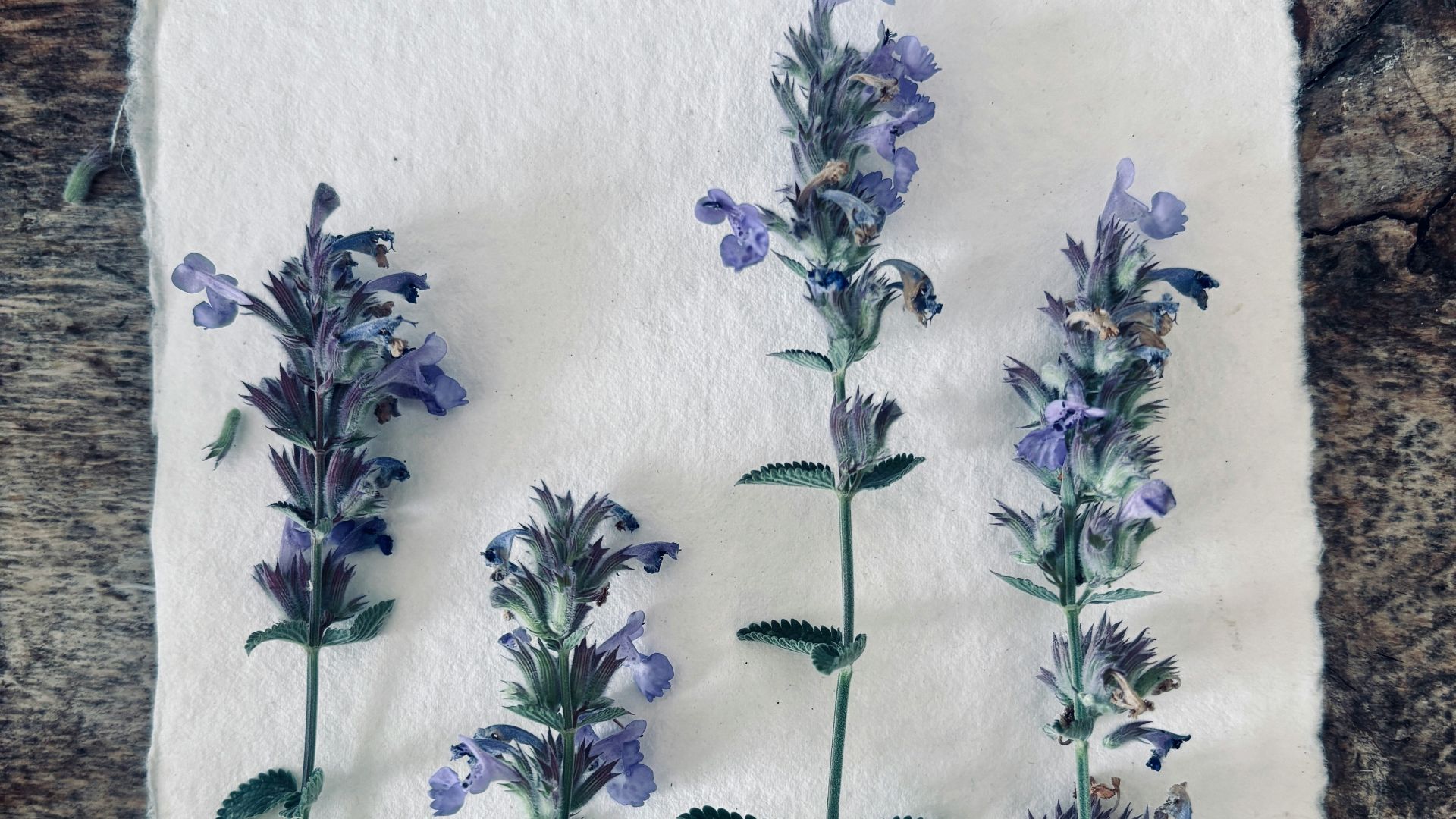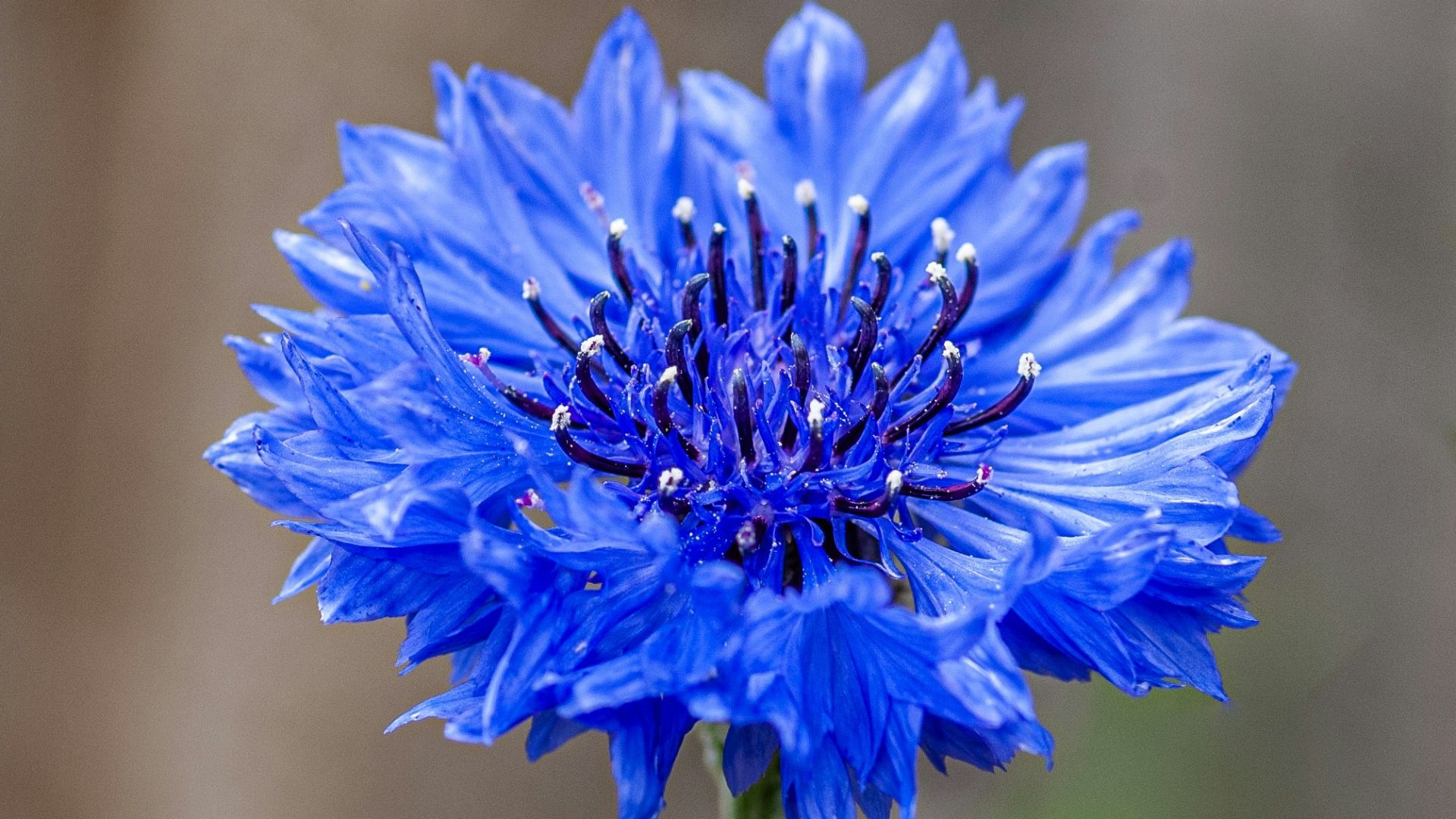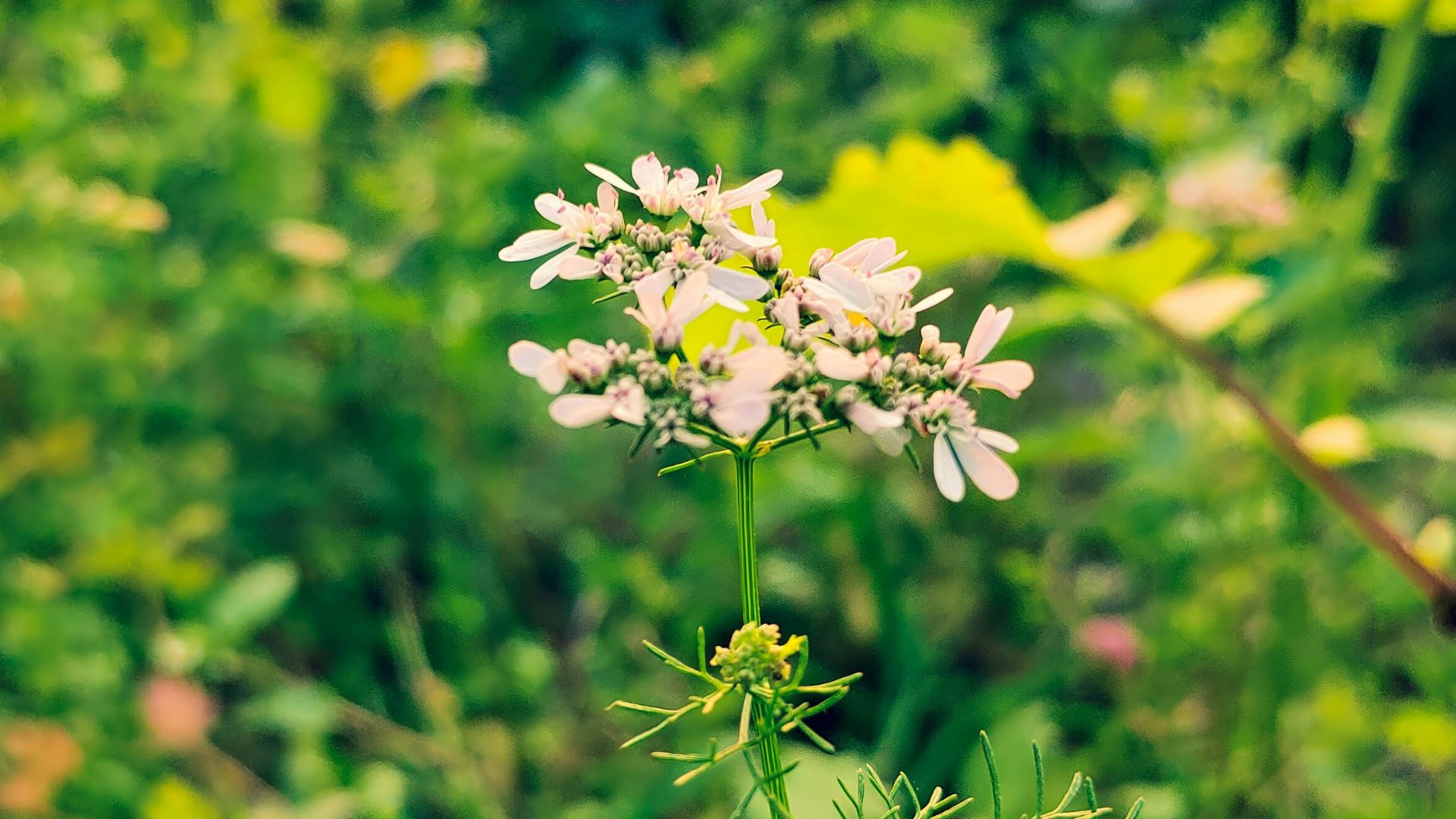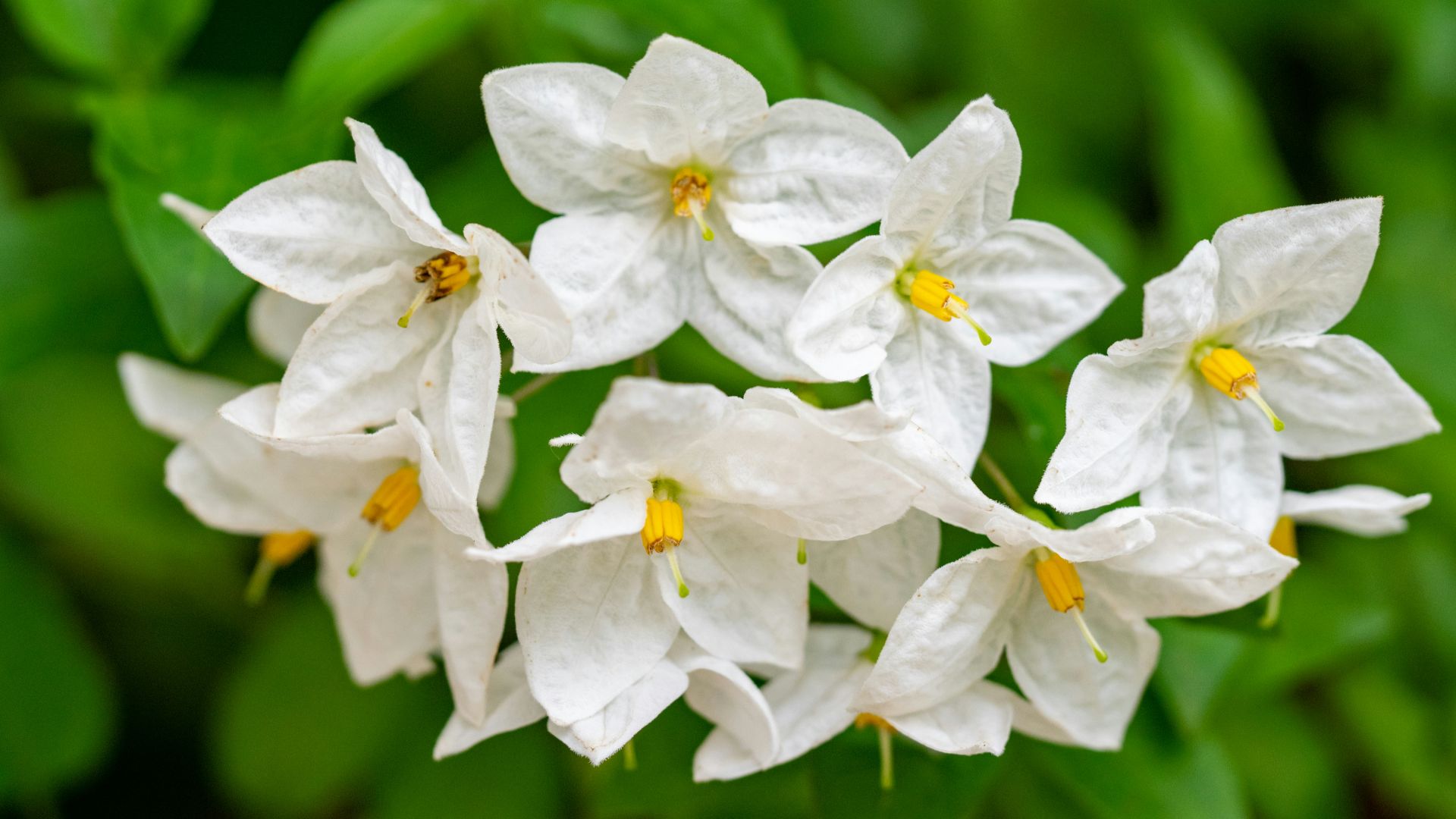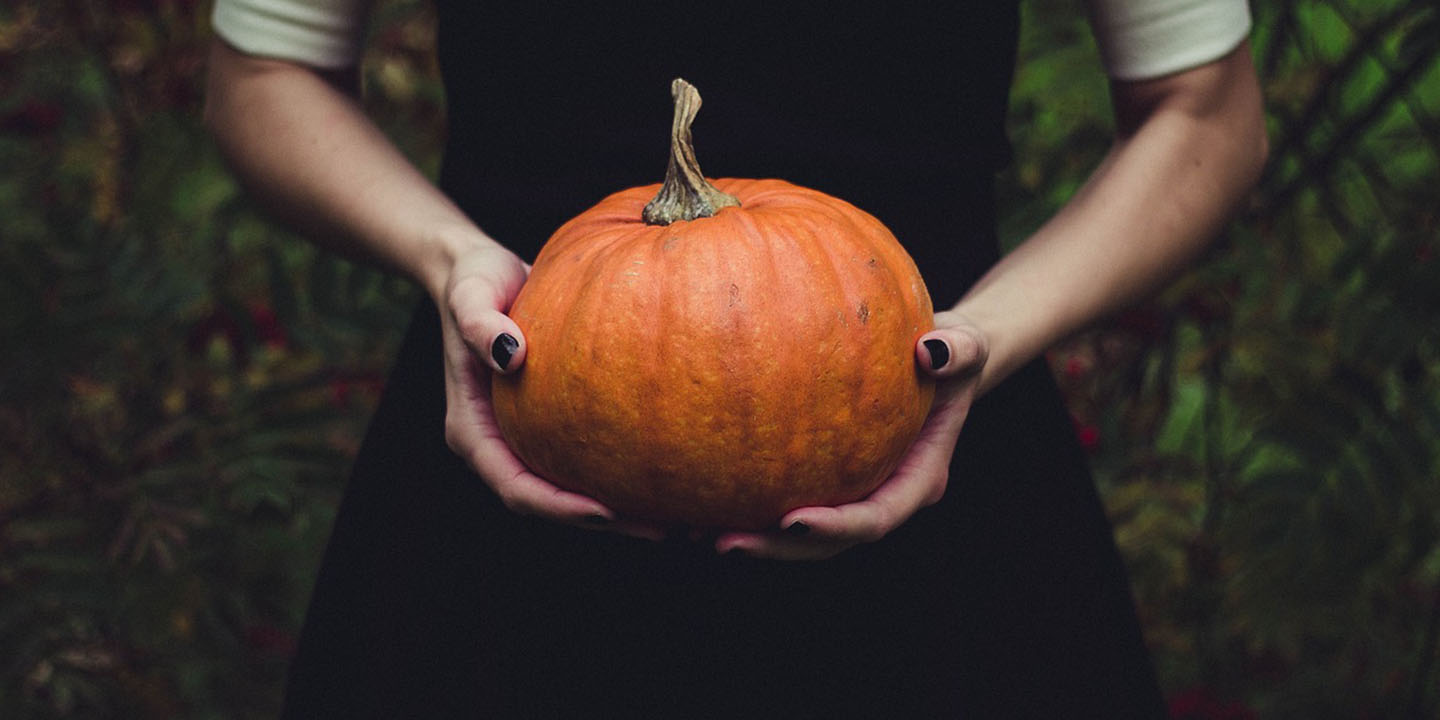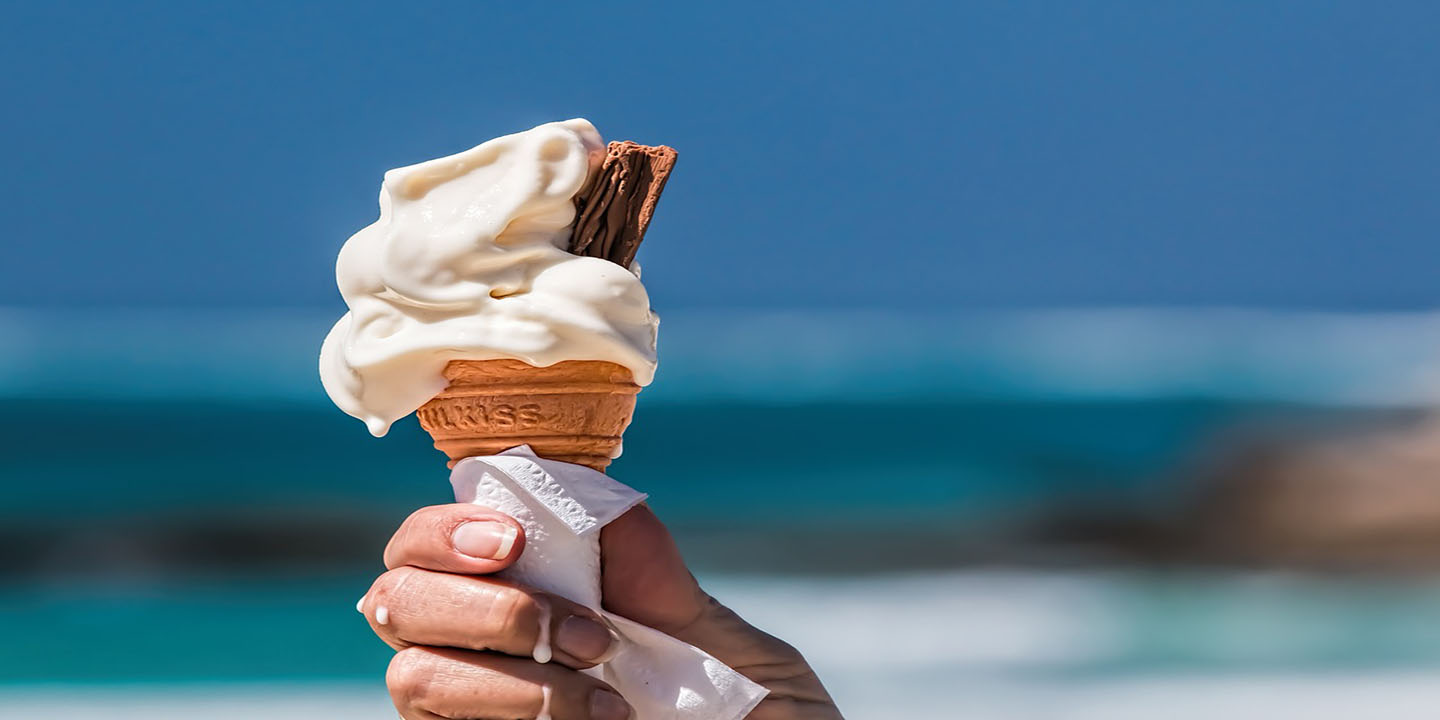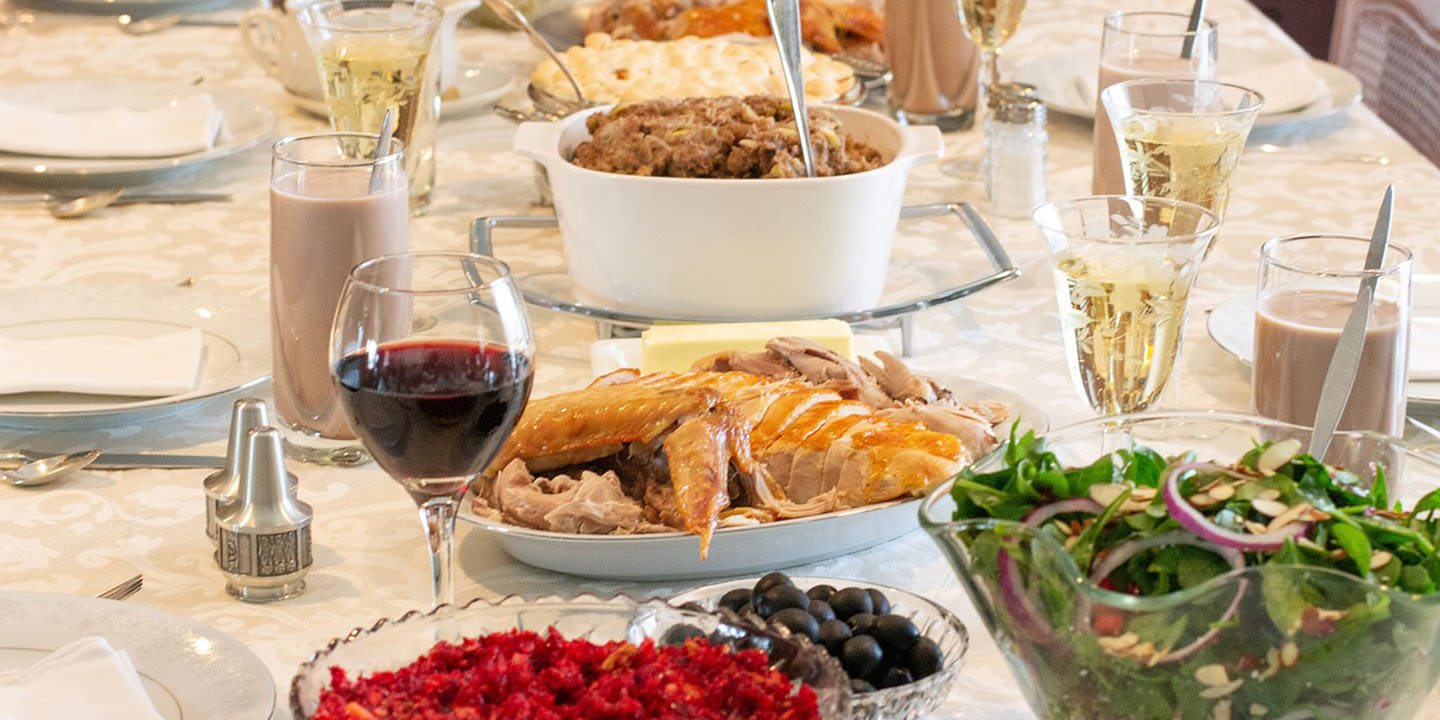Eat With Your Eyes First
There’s something quietly magical about eating flowers. The Victorians used to candy violets and sip rosewater; now, we mostly just look at flowers through phone cameras. Edible flowers feel like a small rebellion against blandness. They ask you to slow down and notice the curl of a nasturtium stem or the faint perfume of lavender on your fingers. The best part is that many edible flowers are available in regular gardens, waiting to be discovered. Here are twenty flowers that aren’t just pretty but genuinely delicious.
1. Nasturtiums
These are the show-offs of the edible flower world. The flowers taste like watercress kissed with spice, and every color—from sunset orange to deep crimson—packs the same flavorful bite. Toss them in salads, stuff them with goat cheese, or float a few in a cocktail just because it looks pretty.
2. Calendula
The petals have a faintly bitter, almost saffron-like taste. People used to call it poor man’s saffron, sprinkling it into soups and stews for color and a little bite. The flavor sits somewhere between tangy and earthy, and the petals hold their shape surprisingly well even after cooking.
3. Borage
As strange as it sounds, this flower tastes like cucumber. The star-shaped blue blossoms are a summer revelation.
Drop them into iced water or lemonade, and you’ll swear the drink tastes colder.
4. Chive Blossoms
These little purple pom-poms carry the subtle burn of onion and transform boring salads into something sharp and alive. Scatter the florets over scrambled eggs or mix them into butter to get all the flavor of onion without the bite.
5. Pansies and Violas
These are the gateway flowers that make you realize you’ve been underestimating your garden. They taste lightly sweet, with a hint of wintergreen if you pay attention. Freeze them into ice cubes for a fancy brunch trick or press them onto frosted cakes for a little sophistication.
6. Hibiscus
Hibiscus tastes like a subtler cranberry with a floral edge. Brew it into tea, and you’ll get a color so vivid it stains spoons. In Mexico, agua de jamaica is the summer drink of choice and consists of hibiscus petals steeped with sugar and lime.
7. Rose
They may be cliché but for good reason. The petals taste like perfume diluted with sugar. Different colors have slightly different flavors, with pale pinks being somewhat gentler and red varieties carrying a touch of spice. They pair beautifully with pistachio desserts or cold cream.
8. Chamomile
These tiny daisies taste faintly of apple and honey.
Everyone knows the tea helps you relax, but the fresh flowers are something else entirely; they’re soft and carry the essence of the meadows where they thrive. Add a few to honey butter or scatter them over yogurt.
9. Dandelion
We spend half our lives trying to get rid of these, yet they’re perfectly edible from root to bloom. The flowers taste like honeyed lettuce, with a mildly bitter taste that’s still quite pleasant. Toss them in fritters or fry them whole and discover for yourself how versatile this weed truly is.
10. Lavender
This one is best served in moderation. If you use too much, it’ll taste like you’re eating soap. And yet, if you resist the urge to overdo it and sprinkle a few buds into crushed sugar or cream, it’ll add a sweet, uplifting floral aura. It really shines in lemon desserts and shortbread cookies.
11. Daylilies
Golden-orange and crisp, these flowers taste faintly like green beans with a dash of sweetness. People in East Asia have been cooking with them for centuries, tossing the buds into soups and stir-fries. Eat only the common daylily though, as others can be toxic.
12. Squash Blossoms
They’re bright yellow, silky, and faintly vegetal. The classic move is to stuff them with ricotta, fry them, and sprinkle with salt.
Having said that, you can’t go wrong eating them raw either. You can really taste the essence of the squash it would have eventually ripened into.
13. Elderflower
If spring had a flavor, this would be it. The blossoms smell of pear, grass, and powdered sugar, if you can imagine that combination. Steep them in syrup, and suddenly you have some elderflower cordial on your hands.
14. Clover Blossoms
These little lawn ornaments are sweet, grassy, with a touch of unexpected nuttiness. Red and white clover flowers can be steeped into tea or sprinkled over oatmeal. Just be sure to leave enough outside for the bees.
15. Violets
These flowers may be old-fashioned, but they’re deeply charming. The flavor is mildly sweet with an ever-so-slight peppery aftertaste. Back in the day, people candied them to decorate cakes or cocktails. You can do the same.
16. Honeysuckle
You might remember pulling the base of the flower to sip the drop of nectar as a kid. That light, honeyed taste translates perfectly into syrups and infusions. But be careful: not all varieties are edible. Japanese honeysuckle is safe; others, not so much.
17. Sage Blossoms
The purple flowers have a mild herbal flavor that’s more nuanced and less punchy than the plant itself. They’re gorgeous tossed into a brown butter sauce over pasta. You get color and aroma all at once.
18. Cornflowers
They’re as blue as a summer sky and taste faintly of clove. They don’t add much sweetness, but they make any dish look composed. Sprinkle some over risotto or float one on a gin cocktail for a quiet moment of joy.
19. Cilantro Blossoms
You know that sharp, citrusy hit of cilantro? Imagine it dialed down and made elegant. Cilantro’s white flowers carry the same flavor as the herb, just lighter. They make a perfect garnish for tacos, ceviche, or anything that could use cilantro—only toned down a level or two.
20. Jasmine
The scent hits your palate before the flavor does. These exotic flowers are delicate, heady, with a sweetness that sneaks up on you. They’re used in teas and desserts across Asia, adding fragrance more so than taste. But hey, that’s enough.
KEEP ON READING
